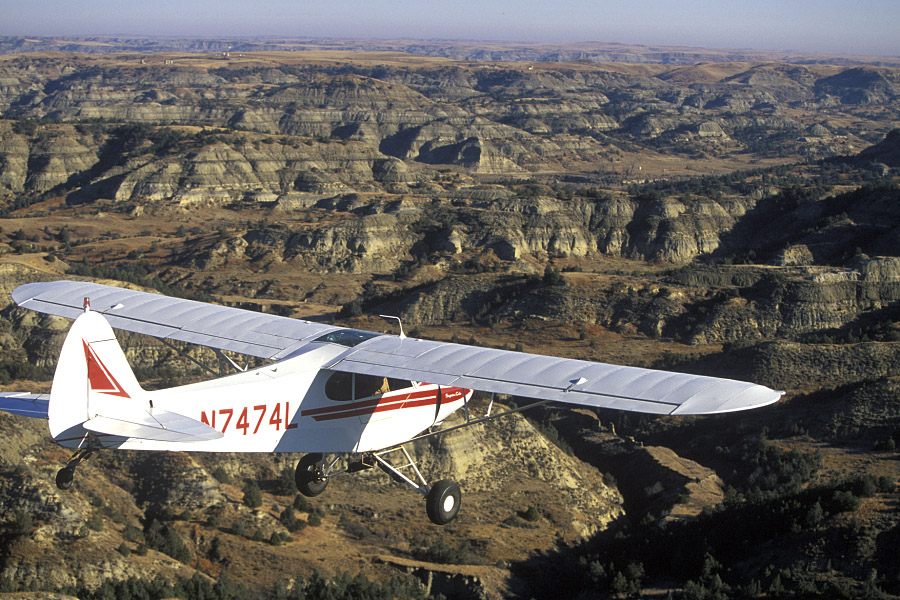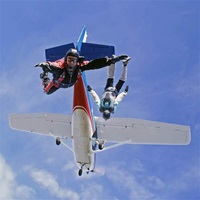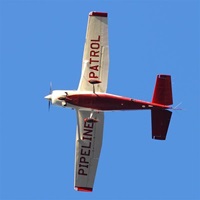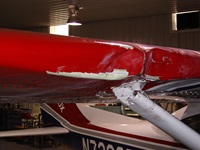How Old is Your Aircraft?
Safety Spotlight: Aging Aircraft

Regardless of when an aircraft rolled off the assembly line, the true age of an aircraft is more than just a number. A variety of factors contribute to its true age—including airframe and engine times—which may not be the same as its age in calendar years. All aircraft accumulate fatigue and experience the effects of aging—how much aging depends on how they are used, maintained, and stored. With enough use—and without inspection, repair, or replacement—any component could eventually fail. The concept of aging might seem easy to understand but the effects of aging aren’t always easy to see.
Chronological and True Age
The chronological age of an aircraft and its components refers to their time in service, such as the number of takeoff and landing cycles (FAR 1.1 General Definitions: “Time in service, with respect to maintenance time records, means the time from the moment an aircraft leaves the surface of the earth until it touches it at the next point of landing”). It can also refer to the number of hours or calendar years. True age, on the other hand, is the cumulative effect of an aircraft's usage, maintenance, damage history, and other factors, such as climate, storage, and inactivity to name a few.
Defining Aircraft Aging
An aircraft’s true age is affected by various factors including flight activity, maintenance history, and damage history.
Flight activity—Usage, heavy loads, turbulence, and hard landings can place additional stress on an aircraft over time. Review these flight activity examples.
| Flight Activity | Stress Factors | |
|---|---|---|
| Flight instruction | Unfortunately, student pilots (and even some veteran pilots) sometimes abuse aircraft during flight maneuvers and landings. This can place additional stress on the aircraft's structure. |

|
| Aerobatics | While relatively few GA aircraft are used in aerobatic flight, the continuous stress on the aircraft's structure can contribute to fatigue, even when properly performing such maneuvers. Excess fatigue can occur when not properly performing aerobatic maneuvers. |  |
| Mountain flying | Exposure to unimproved airstrips, heavy loading, winds, and often-turbulent conditions can add stress and fatigue to the aircraft's frame and landing gear components. |  |
| Skydiving | Excessive use, climbs and rapid descents, and heavy loads can place additional stress and fatigue on an aircraft. |  |
| Pipeline patrol | Pipeline patrol requires low altitude flying in areas of updrafts and turbulence. This can place added stress and fatigue on an aircraft. |  |
| Seaplane operations | Continuous exposure to water—especially salt water—can quickly cause corrosion unless proper care is taken. Seaplanes should be washed after each use and washed daily, even if not used, for operations in salty or brackish water. |  |
Maintenance history—Properly performed maintenance can help extend the service life of an aircraft. On the other hand, improperly performed maintenance—or neglect—can accelerate the effects of aging. Some ways to determine an aircraft's maintenance history can include:
- 100-hour inspections may indicate use in a flight training environment
- Compliance with Service Bulletins may indicate use in a commercial operation, such as Part 135
Tip: An aircraft’s logbooks can provide an indication of usage and maintenance history, but they don’t always tell the whole story. Maintenance may have been performed but not logged, or vice versa. A mechanic can help you make an accurate assessment.
An aircraft’s true age is affected by various factors including flight activity, maintenance history, and damage history.

- A gear up landing in which the weight of the aircraft is transferred directly to the aircraft's structure, instead of its landing gear
- Scratches, dings, improper welding, incorrect hardware, or misplaced rivets can weaken the integrity of, and cause stress points on, an aircraft's structure
Tip: Review the aircraft's maintenance logbooks for repairs that could suggest a history of accident or incident damage. Also look at the aircraft itself for indications of damage history, such as dents, mismatched serial numbers, improper rivets or other hardware, and spot painting or fillers.
All aircraft accumulate fatigue and experience the effects of aging—how much aging depends on how they are used, maintained, and stored.